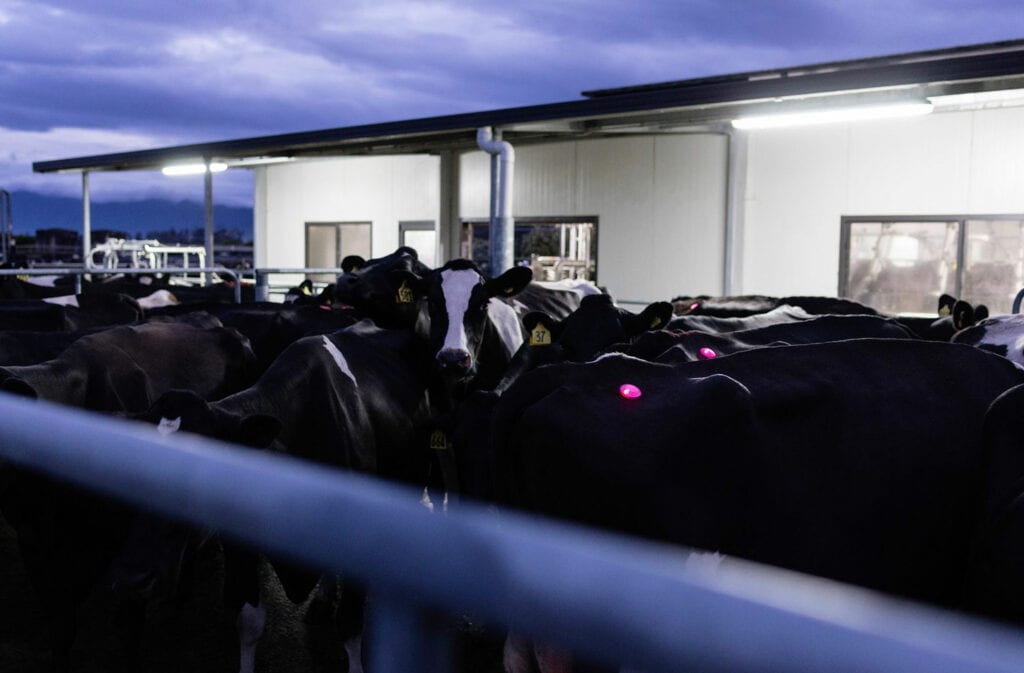The Dairy Companies Association of New Zealand (DCANZ) has acknowledged today’s release of the s215 report on agricultural emissions pricing by Climate Change Minister James Shaw and Agriculture Minister Damien O’Connor.
DCANZ is cautiously optimistic that changes are being made to address pricing system design issues that it raised during the consultation process, including jointly with other industry organisations, but notes there is significant detail still to be worked through. While the farm-level pricing system is moving in the right direction, DCANZ is disappointed to see the option of a processor levy as an interim step being retained.
“DCANZ is pleased to see the Government confirming a farm-level agricultural pricing scheme using a split-gas approach. It is also positive that mitigation availability, socio-economic impacts for our regional communities and households, and emissions leakage will be considered in levy price setting alongside emissions reduction targets” says DCANZ Chairman Matt Bolger
DCANZ will be looking for a balancing of these considerations to be clearly set out in legislation, and for the expert advice of the Oversight Board to be given due consideration by Ministers (in addition to the Climate Commission) when making pricing decisions.
“Dairy companies are committed to working with farmers to continue lowering the emissions associated with New Zealand dairy products. However, it would be counter-productive to implement a system that risked imposing punitive costs on the world’s most efficient producers of milk and by doing so increased global emissions.”
DCANZ is pleased to see the report confirming the intent for a low-level levy whose purpose is to raise revenue to fund incentives to drive behaviour change. It is important that the levies function as levies (not a tax) and are not set at a level beyond what is needed to fund incentive and sequestration payments, additional research, and reasonable costs for the ongoing administration of the system.
The Government’s commitment to working with industry on a sequestration strategy is also welcomed by DCANZ. It is particularly important that this work considers how accounting of sequestration offsets will align across the New Zealand agricultural emissions pricing system and commercial market standards for carbon footprinting. Farmers should be able to have their sequestration recognised as an offset for their nitrous oxide in both settings.
Ministers’ decision to retain the possibility of imposing methane and nitrous oxide levies on dairy and meat processors as an interim step is strongly opposed by DCANZ.
“The He Waka Eke Noa analysis and the Government’s own emissions pricing modelling showed that imposing levies at the processor level is a sub-optimal approach. It should therefore be taken off the table.”
Matt Bolger says dairy companies have fully committed to working with farmers on the emissions reporting and planning foundations of an on-farm system. It is now important for Government to fully commit to a farm-level system from the outset.”
DCANZ is pleased to see the provision for collectives included in the s215 report. They offer a better pathway forward than an interim processor levy would and DCANZ will continue to place importance on all farmers having scope to form collectives from the outset.
“Enabling emissions levy payers to work together on reporting and payment obligations will ease administrative costs and offer greater flexibility for how they can collaborate on mitigation uptake and sequestration. The ability to form collectives is important for the scheme to be an effective behaviour change framework for both Maori landowners and the wider farming community.”
DCANZ will continue to work with other industry organisations and engage with Government as it progresses to the next stages of the legislative process.

